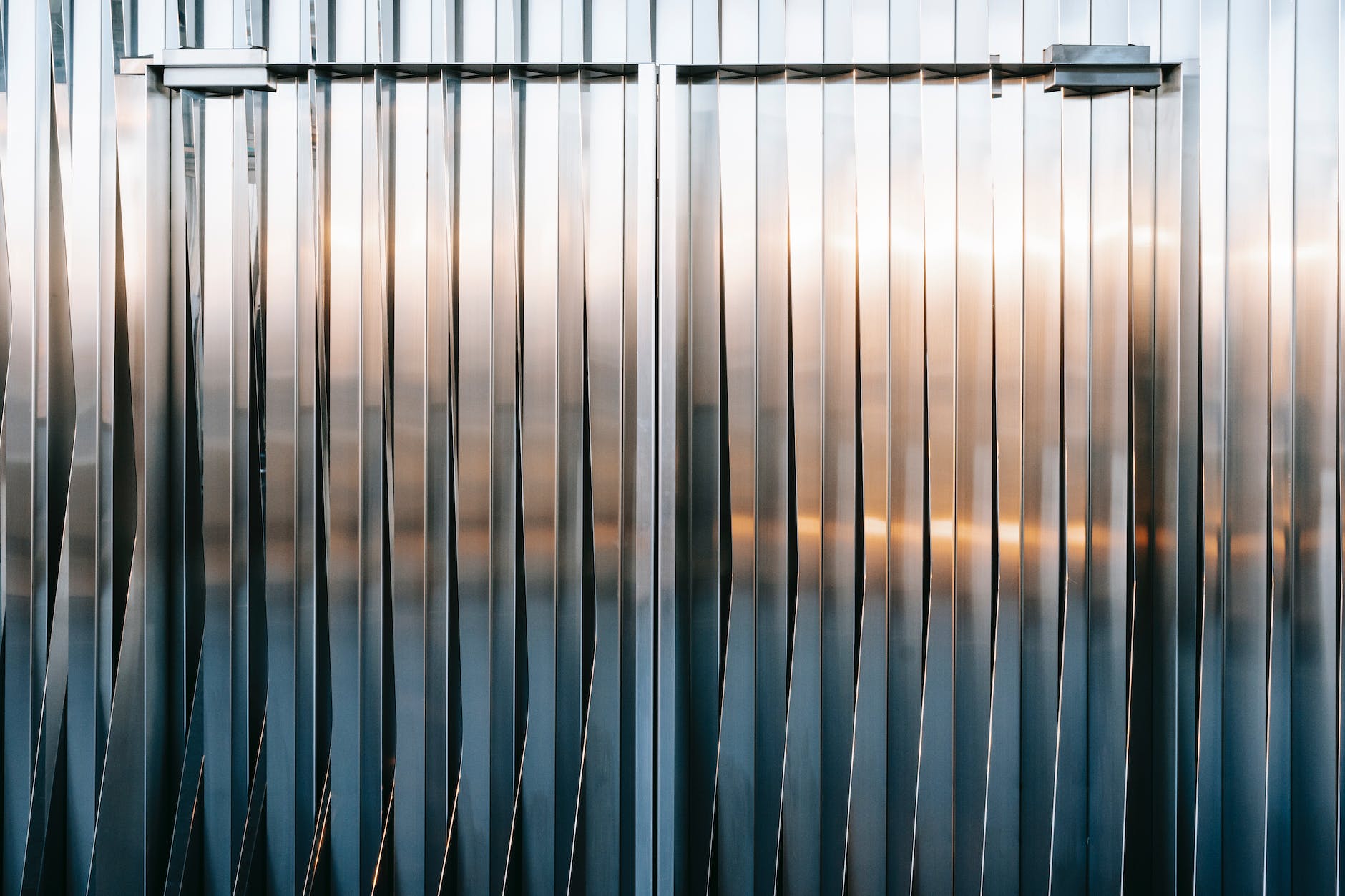
Aluminum Composite Panels
In the symphony of architectural innovation, one often overlooked but critical note is the choice of materials that compose the harmony of a building. Among the silent heroes in this orchestration are aluminum composite panels, sleek and unassuming yet possessing a formidable prowess in safeguarding structures against the fiery threat. As cities evolve and skyscrapers reach new heights, understanding the significance of these panels becomes paramount in ensuring not just aesthetic elegance but, more crucially, the safety of occupants.
Why should the material that envelops our living and working spaces be synonymous with safety? Picture a building not merely as an amalgamation of concrete and steel but as a living entity, vulnerable to the unpredictable dance of flames. Here, the choice of materials becomes the armor that either shields or succumbs to the elements. Enter the unyielding vigilance of ACP, a composite marvel that stands as a sentinel against the encroachment of fire, adding an extra layer of defense to the architectural tapestry.
Consider, for instance, the glittering skyline of Sydney—a testament to modernity where every edifice is not just a structure but a narrative of safety. In the heart of this urban spectacle, architects and builders turn to aluminum panels, recognizing their role as both guardians and aesthetically pleasing elements. The shimmering surfaces of prominent structures, from corporate citadels to residential retreats, boast the resilient embrace of these panels, an embodiment of safety seamlessly interwoven with sophistication.
In the upcoming sections, we will delve deeper into the composition, functionalities, and regulatory considerations of aluminum composite panels in Sydney, unraveling the threads that bind safety, aesthetics, and architectural innovation in the ever-evolving urban landscape. Prepare to embark on a journey where the unassuming brilliance of materials takes center stage in the saga of fire safety.
ACP Alchemy: Unveiling the Composition, Functions, and Regulatory Albatross
Composition:
Mystical Alloy Dance: ACPs are born from a dance between layers of aluminum and a polyethylene core, creating a composite structure that harmonizes strength and flexibility.
Lightweight Sorcery: The feather-light quality of ACPs makes them agile on architectural canvases, while their robust constitution adds a layer of resilience to the façade.
Functionalities:
Flame Retardant Ballet: ACPs exhibit an inherent resistance to fire, thanks to the non-combustible aluminum skin that acts as a steadfast shield against the raging flames.
Thermal Choreography: Their adept thermal conductivity regulates temperatures within structures, providing an energy-efficient dance between warmth and coolness.
Architectural Chameleon: ACPs, available in a kaleidoscope of colors and finishes, become the chameleons of architecture, adapting seamlessly to diverse design visions.
Regulatory Considerations:
Building Code Guardianship: ACPs adhere to stringent building codes, ensuring compliance with safety standards and regulations.
Environmental Stewardship: Many ACPs are crafted with eco-consciousness, aligning with green building initiatives and sustainable design practices.
As we decipher the alchemy behind aluminum panels, the composition, functionalities, and regulatory nuances emerge as the pillars supporting their pivotal role in modern architecture.
The Perilous Hazard of Non-Fire Resistant ACPs in Towering Structures
In the grand tapestry of architectural choices, the use of non-fire-resistant panels in towering structures poses a grave and avoidable risk. As we unveil the intricacies behind this peril, it becomes evident that the seemingly cost-effective shortcut of choosing non-fire-resistant ACPs can quickly get bogged down in a myriad of safety concerns, turning what appears as a frugal decision into a counterproductive gamble.
Reasons for Avoidance:
- Flame Vulnerability Quandary: Non-fire resistant ACPs, albeit visually appealing, lack the intrinsic fire resistance that their counterparts possess, hence becoming potential kindling in the event of a fire outbreak.
- Thermal Menace Unleashed: In scientific parlance, these panels, when exposed to high temperatures, can unleash thermal havoc, compromising structural integrity and exacerbating the fire’s wriggle-out-of-control dynamics.
- Regulatory Quagmire: Choosing non-fire-resistant ACPs can bind you in a regulatory quagmire, as building codes and safety standards increasingly demand stringent measures to mitigate fire hazards.
- Environmental Predicament: The seemingly cost-effective route may lead to an environmental predicament, as the repercussions of a fire incident involving non-fire-resistant ACPs extend beyond structural damage to environmental hazards.
As we decrypt the complex manners surrounding construction materials, it becomes crystal clear that opting for non-fire-resistant aluminum cladding panels is a high-stakes gamble that towers should unequivocally avoid. In the realm of towering structures, safety must always remain the unwavering cornerstone of architectural decisions.






